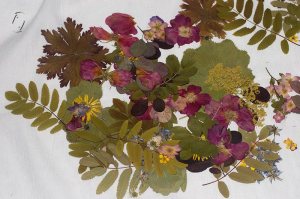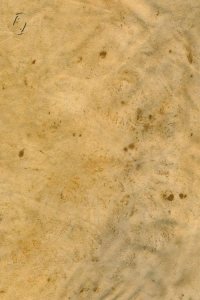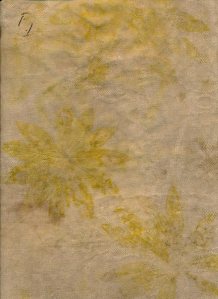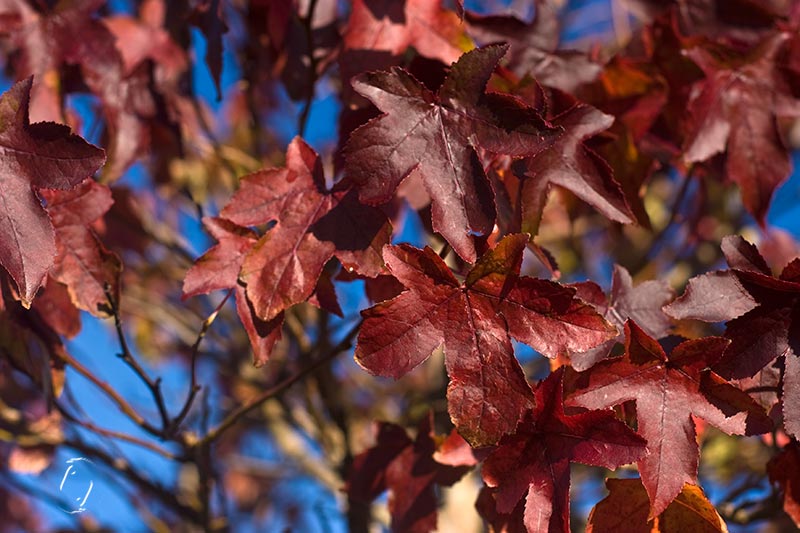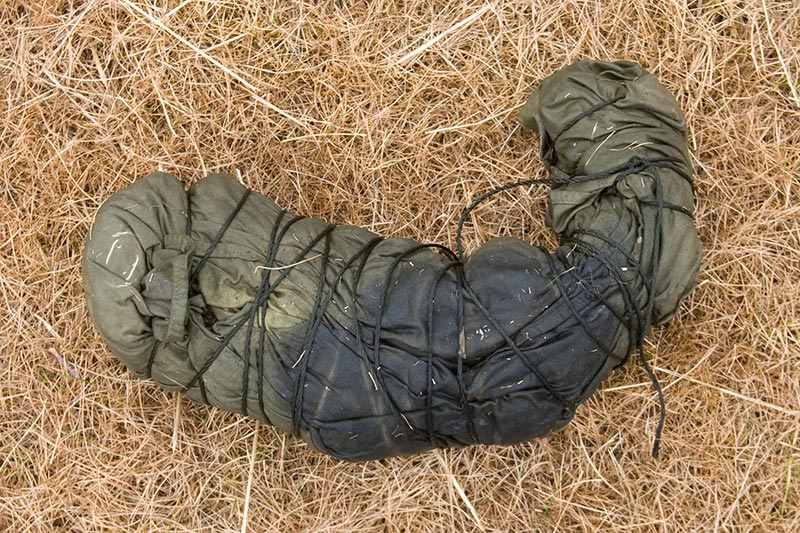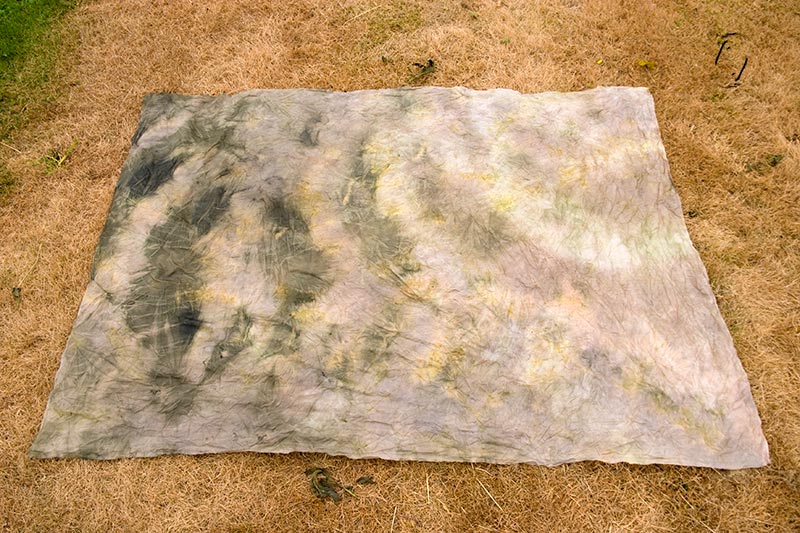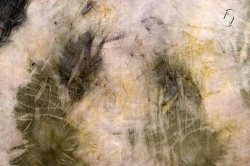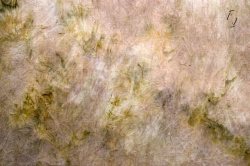Heidi asked what my thoughts (and actions) were on conquering the fear of white canvasses. So I thought I’d give it a go and see if summing it up would help myself in the process too! And of course it’s a process, not a one-step fix. I probably won’t get it all in one blog post either…

I think the problem for most people is the illusion that they need to be perfect. At once. Always. Don’t get me wrong, I think art is something to be dead serious about, just imagine a world entirely without it! Well, No, right? Well, say hello to the World Champion of perfectionists. I know exactly, inside my head, what I want my stuff to look like. And if I can’t pull it off in first try (usually I can’t), I resign, tell myself I have no talent in this area and sulk about it. A lot. It’s even been a motto thoughout my life, “if I can’t do something really well, I won’t do it at all, and if I can’t have what I want, I don’t want anything”.
Lately I seem to have changed. I still want to be good and I have very high standards for it. But the concept of “practice” has suddenly dawned on me. Oh, I knew that old proverb, but really, it didn’t seriously apply to myself. Now I’m suddenly game to give it a try. Worst that can happen is – well, at least more will happen than before, when I didn’t do anything but wait for the perfect moment, running over the theory in my head (my version of practice). I might even have fun along the way.
Are you still hesitating? Break it into small steps. Arrange every step to be a succes in itself, be satisfied with your progress even before you get to the actual creating. Buy supplies, arrange a workspace so your supplies are there and ready, allow yourself to be fearful, push and rest, advance and retreat. Doodle a bit, go to an art exhibition, make really silly collages from magazines if that seems like a smaller step than brush on canvas. Tell yourself you’re just going to paint a nice background to get some colour happening. Don’t overly pressure yourself, nor let yourself get away with excuses forever.
Of course, some people like to just jump in, but they’re not reading this. It’s ok to sneak up on the action so to speak if that makes you more comfortable. What set me in motion and gave me a new urge to paint again, was learning to spin in 2011. I suddenly rediscovered the joy of working with my hands, not just my head, after years of photoshopping and Flash animating. My creativity suddenly woke up after being near dead for a couple of years (not good when you are a self employed graphic designer) and suddenly I had all these visions about colour and yarn designs and all sorts of things. Sometimes what you need to get the spark going is not even related to where you want to go!
So, what are some of the excuses the mind comes up with to postpone the moment of “failure”?
- Equipment costs a lot of money.
- I don’t have enough room in my house.
- The kids (husband, cats) won’t leave me alone.
- I’m exhausted today (again).
- I have no time.
And the classic:
6. I don’t have any ideas….
Well…
- Yes, it does. You can get cheap acrylics and low quality canvases at the supermarket from time to time, you can paint on almost any paper, doesn’t have to be 300g acid free watercolour paper straight off the mark. You don’t really need an easel, technically you can just cover a table in old newspapers. I always put nails in the wall and hung my frames on those. But even so, a decent starter collection of stuff does make a dent in your budget unless you have stuff from 20 years back stored in the garage like I did (and then I still spent some on this and that. And strangely enough, when you begin using it, it’ll be gone and you need more). But you have to make a decision. If you want to paint, you do need colours of some kind and a surface to put them on. Easier if you want to write, if you’re reading this I assume you have a computer, so you don’t even need pen and paper (although it actually does give another perspective on the process to handwrite from time to time)
- Paint smaller. Something that fits your chosen table, see note #1. Keep your paints in a handy box or suitcase that you can get out in a jiffy and get cracking.
- I don’t have human kids, but I imagine this can put quite a damper on your ambitions. I hate being interrupted when I finally get started and focused on something, impossible to stay in the mood! Or have someone stand behind me and just watch. I don’t have a lot of advice to offer I’m afraid, if you can’t train the kids to give you an hour in peace, or their other parent to deal with them, their grandparents to pick them up for the weekend, you might want to cover the whole room in newspaper and give them their own brush and paper. My solution to a small house and a chatty partner has been earplugs and mental blinders. Even if I feel eyes on my back, if I do not want to take a break I.DO.NOT.TURN.
- THIS. I suffer from headaches, back aches, chronic fatigue among other annoying things for years. BUT. Another reason you are feeling tired might be the lack of creativity in your life. Art gives you energy, excuses and avoidance drains it. For real. See if your head doesn’t clear and your confidence gets a boost simply from that one victory of starting your first painting. Then have tea, pat yourself on the back, take a nap and have another go.
- Do you ever watch tv? Do you have to? I mean, is there really, really ever anything on that is more important than painting? Your choice…
- So you have no ideas? So why do you even want to make art? Like me, you probably can’t answer the last question, you just do. No matter how you try to be sensible, it keeps sneaking up on you, the urge, the dreaming. I think the more we keep telling ideas that they don’t exist, the more they’ll oblige. Leave the door wide open and they begin to trickle back in, soon you’ll be flooded if you let them come. In fact, you may have too many ideas and postpone acting because you can’t pick the best one, because you fret about all the ones you didn’t pick. What I discovered is, you don’t have to finish all of them. Just acknowledging them by writing them down in a notebook with a few strokes of crayon, is enough to satisfy your creative mind. Most of those ideas never get any further, but by taking note, you keep the flow coming in, and you free your mind of clutter that prevents you from focusing on one project at a time (ok, 2 or 3 is ok, right?). You’ll find that some ideas survive, others are no longer as important, they’ve done their job. Still not working? Go on expeditions, see something new. Take the kids to the zoo, they’ll be exhausted and sleep early, so you get a few hours to paint your impressions of the day.

Then after you’ve inched your way towards action, no more excuses, it’s all sitting there, ready for the taking, staring you in the face, be aware of the following facts.
Rule #1: There will be obstacles. Such as, to mention a few: You finally get your A into G, plastic on the wall so you don’t splatter, jars for water, paper towels within reach. And then you discover that A. your ultramarine is not in as good shape after 10 years in the garage as you thought it was, B. most of your brushes leak hairs and dust like mad, completely ruining your canvas at first stroke (this is where the paper towels come in) C. you really need a waste bin for those paper towels. And more water for all those dusty brushes. You probably should have changed your clothes too. Oh well, and that plastic sheet on the wall could be a large contributor to all that dust, find a roll that hasn’t been in the garage or under hubby’s bed (or wherever he kept the darn thing).
Rule #2: There are no rules. A colour you dislike can be painted over as many times as you like. The painting can be turned upside down halfway through the process (any time during the process, actually 😉 ) You can use both hands, one at a time or simultaneously. Give it a go, paint with your “other” hand, kick logic up its backside.
Rule #3: Creativity is not linear or schematic. You need to listen to and follow your impulses. Even if it means that after a week of setting up your painting workspace, you have a sudden urge to spin purple yarn or rearrange your kitchen cabinets. Follow the flow. Sometimes the first step in a new project is finishing an old one! Art is not a job, don’t restrict yourself to one form just because you’ve decided you should. Life and your subconscious will tell you where to go next, even if it seems erratic. Now, if something tells you that you need to finish ALL your house chores before you’re allowed to paint, that is not your subconscious speaking, it’s your mum, and she ought to go and mind her own business.
Rule #4: Don’t talk, just do it. And keep doing it, no matter what rule #1 throws at you.
Julia Cameron: Walking In This World (The Danish version is “The art of being creative”)
Flora S. Bowley: Brave Intuitive Painting
Want some quick and easy ways to start playing, making art with no ambition of succes whatsoever, just fun? While I was writing this and in the process of testing my oil paints I remembered all sorts of little tricks, in fact so many that I’ll save them for another post. Stay tuned!
> 1. Finally
> 2. Beginner’s mind
> 3. Creating creativity
> 4. New Tricks
.
At tænke som en begynder
(som sædvanlig en ikke særlig ordret oversættelse fra engelsk…)
Nogen gange tager vi kreativitet alt for seriøst og kommer ingen vegne fordi vi helst vil forudsige resultatet inden vi overhovedet er kommet i gang, og det skal naturligvis helst være “perfekt”.
Og så kommer vi aldrig i gang med fx. at male, vi snakker bare om det i årevis, køber måske lidt pensler og farve i ny og næ når vi fristes i butikken, men det perfekte øjeblik at gå i gang opstår på forunderlig vis aldrig af sig selv.

